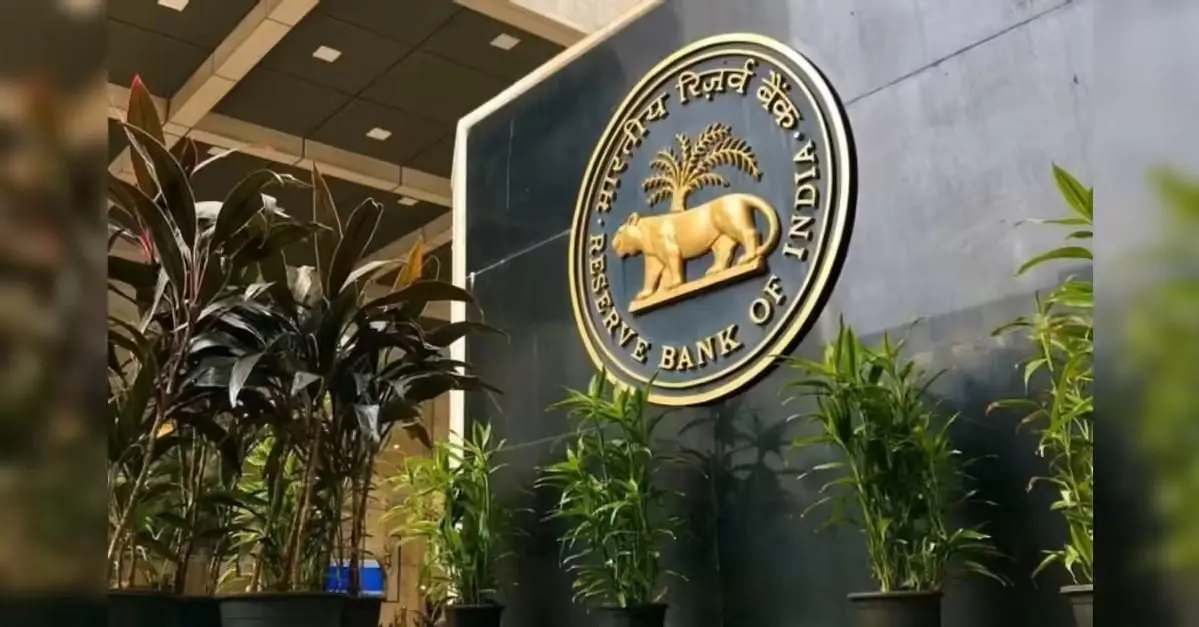Chennai: Leading economists have voiced mixed opinions on the Reserve Bank of India’s (RBI) upcoming decisions regarding the repo rate, particularly as inflation levels based on the All India Consumer Price Index (CPI) rose to 2.07% in August 2025. Analysts are also considering the implications of recent Goods and Services Tax (GST) adjustments on future prices. While some predict rate cuts, others suggest maintaining current rates to encourage economic growth.
Understanding the Current Inflation Trends
Recent figures from the Ministry of Statistics and Programme Implementation indicate a rise in headline inflation of 46 basis points from July to August 2025. This uptick in inflation is significant as the RBI prepares to deliberate on its monetary policy. Economists are closely analyzing how these figures could influence the repo rate, a crucial tool for managing the Indian economy.
Rajani Sinha, Chief Economist at CARE Ratings, articulates a cautiously optimistic view. She believes, “Looking ahead, the recent rationalisation of GST rates is expected to have a positive impact on the overall inflationary environment. We estimate that it could lower CPI inflation by 70-90 bps annually under the current basket, assuming effective pass-through to consumers.” This suggests a potential easing of inflationary pressures, which could consequently influence the RBI’s repo rate decisions.
Forecasts for the Indian Economy
With food inflation remaining subdued and demand pressures under control, the projected inflation for FY26 has been revised downwards to 2.7% from 3.1%. Such shifts are vital for the banking sector as they shape expectations regarding interest rates. Analysts are also awaiting the introduction of a new CPI series with a 2024 base year, as it may provide fresh insights into the impact of the recent GST changes.
However, challenges remain. Dharmakirti Joshi, the Chief Economist at Crisil, anticipates that the RBI will lower the repo rate by another 25 basis points due to sustained low food inflation and diminishing core inflation, spurred by recent GST adjustments. “Given the lower-than-expected food inflation and the expected easing of core inflation in the coming months due to the reduction in the goods and services tax, we have revised our inflation forecast down to 3.2% from 3.5% for this fiscal,” Joshi stated.
Potential Risks to Agricultural Production
Despite the optimistic outlook, environmental challenges could pose risks to inflation levels. Excess rainfall and flooding in states like Punjab, Rajasthan, and Telangana during August could adversely affect kharif crop production. Such agricultural disruptions could ultimately lead to an increase in horticultural crop prices. Yet, Joshi maintains that these risks currently do not influence the outlook for inflation in his forecasts.
Madan Sabnavis, Chief Economist at Bank of Baroda, shares a similar sentiment. He noted, “Inflation was anyway to be benign going by RBI forecasts and the focus would be more on growth. Given the stable Gross Domestic Product (GDP) path expected, we may expect status quo in rates and stance this policy.” Thus, the prevailing thought emphasizes growth over aggressive monetary easing.
Market Sentiments and Future Outlook
As the economists assess the situation, they notice a growing disinflationary bias in Asia that could alter expectations of economic growth. Madhavi Arora from Emkay Global Financial Services expresses concern, suggesting, “We assert the RBI’s focus on one-year ahead expected inflation appears increasingly misplaced in an evolving world.”
While some outlooks favor action by the RBI, others highlight the importance of maintaining a balance. “A continued spate of inflation undershoot vs RBI’s estimates would ensure FY26 inflation will likely undershoot RBI’s estimates by at least 50 bps,” Madhavi predicts, indicating that subdued inflation may provide the RBI space for further easing later in the fiscal year.
## Key Economic Indicators Summary
| Economic Indicator | Current Value | Previous Value | Change |
|———————————–|——————-|——————-|———————-|
| Headline Inflation | 2.07% | 1.61% (July) | +46 basis points |
| Projected Inflation FY26 | 2.7% | 3.1% | -0.4% |
| GDP Growth Projection | Stable | N/A | N/A |
| Anticipated Repo Rate Adjustment | -25 basis points | N/A | Predicted by Crisil |
Conclusion
As India navigates these economically turbulent waters, the RBI’s decisions will carry significant weight. The interplay of inflation metrics, agricultural production challenges, and geopolitical factors will play critical roles in shaping the Indian economy’s future. The consensus among economists indicates a careful but optimistic approach where proactive measures and responsive monetary policies will aim to nurture growth while managing inflation effectively.
Bankerpedia’s Insight 💡
The Reserve Bank of India’s recent discussions on the repo rate and inflation signal a pivotal moment for India’s banking and finance sector. With inflation projected to remain low due to the GST rationalization, accessible borrowing costs could stimulate consumer spending and business investment. However, economists express mixed opinions on future rate cuts, underscoring the need for vigilance. For individuals, this uncertainty offers an opportunity to reassess financial strategies, especially in borrowing and savings, aligning them with evolving economic conditions to safeguard personal finances effectively.
What Does This Mean for Me? 🤔
- Salaried Person → Rising inflation may reduce purchasing power for salaried individuals.
- Business Owner → Potential for lower interest rates and reduced costs.
- Student → Potential changes in student loan interest rates and expenses.
- Self-employed → Potential for lower inflation and interest rates impacting borrowing.
- Homemaker → Lower inflation may reduce household expenses for essentials.
- Retiree / Senior Citizen → Lower inflation may increase purchasing power for retirees.
- Job Seeker → Job seekers may face changing inflation and interest rates.
- Farmer / Rural Citizen → Lower inflation may reduce costs for farming inputs.
Research References 📚
- www.dailyexcelsior.com
- RBI
- SEBI
- Ministry of Finance
- NABARD
- Department of Financial Services (DFS)
- IMF
- World Bank
Loved our Research? ❤️
Bankerpedia turns financial confusion into clarity!
Subscribe to our YouTube channel for unbiased insights, financial literacy & practical banking wisdom.










